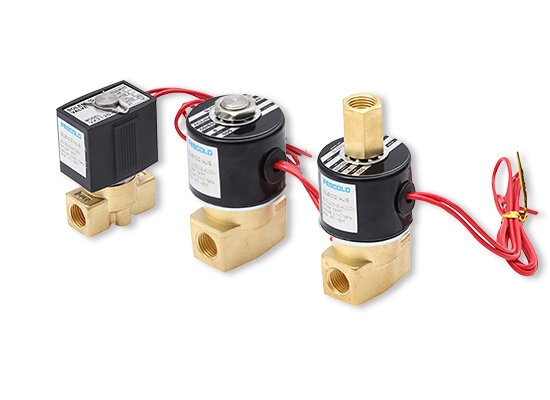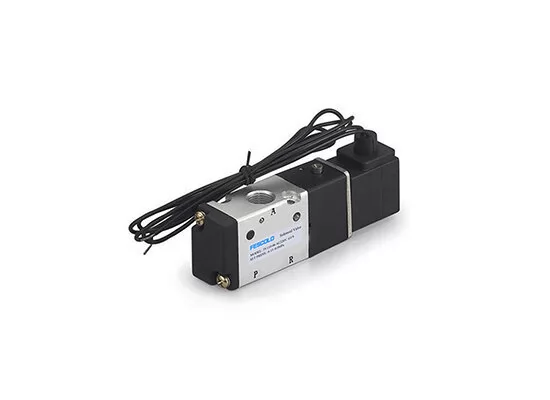
A solenoid valve is an electromechanical valve that controls the flow of fluids in a system. It uses an electrical signal to operate a solenoid, which opens or closes the valve, allowing or blocking the flow of liquids or gases. Solenoid valves are widely used in industries where automated flow control is required, such as in pneumatic, hydraulic, and process systems. Pneumatic solenoid valves and air solenoid valves are especially common in applications involving compressed air and gas systems.
A solenoid valve is an electromechanical valve that controls the flow of fluids in a system.
It uses an electrical signal to operate a solenoid, which opens or closes the valve, allowing or blocking the flow of liquids or gases.
Solenoid valves are widely used in industries where automated flow control is required, such as in pneumatic, hydraulic, and process systems.
Pneumatic solenoid valves and air solenoid valves are especially common in applications involving compressed air and gas systems.

A solenoid valve is a valve that is operated by an electric solenoid, which is a coil of wire that, when energized, creates a magnetic field to move a plunger or armature within the valve.
This movement either opens or closes the valve, regulating the flow of fluid through the valve.
Pneumatic solenoid valves are commonly used in compressed air systems to control the flow of air, while air solenoid valves are often found in systems that involve gases or air, providing precise flow control.
…
A solenoid valve works by using an electric current to activate the solenoid, which in turn moves a plunger or armature inside the valve body.
This movement either opens or closes the valve, allowing or blocking the flow of the fluid.
In pneumatic solenoid valves, the solenoid's movement controls the flow of compressed air or gases, regulating pressure and direction in the system.
The solenoid coil's activation is typically controlled by a switch or controller that sends an electrical signal to the valve.
To check a solenoid valve, follow these steps:
Check for any signs of external damage, leaks, or debris that may be obstructing the valve.
Ensure the solenoid coil is receiving the correct electrical signals. Use a multimeter to measure the coil’s resistance to ensure it's functioning properly.
Manually operate the solenoid valve (if applicable) to check whether it opens and closes properly when activated.
Apply the correct pressure to the system and verify that the valve is effectively controlling the flow of fluid.
After operation, check for any leakage around the valve seals, which could indicate wear or malfunction.
For more detailed inquiries or specific solenoid valve solutions, reach out to Fokca for expert advice and tailored recommendations.
FOKCA ©1998-2025 All Rights Reserved Sitemap